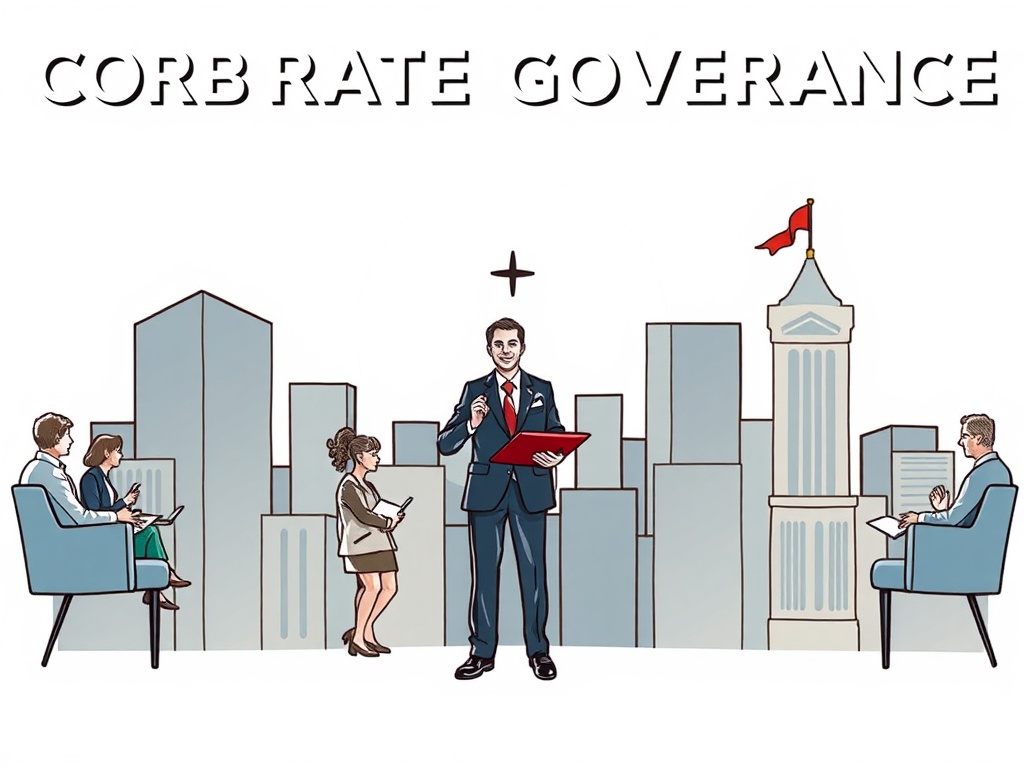Corporate governance is moving beyond box-checking to become a strategic driver of resilience and trust. As stakeholders demand more transparency and companies navigate a complex risk landscape, boards and senior leaders must strengthen oversight, align incentives, and improve engagement across stakeholders.
Governance beyond compliance
Good governance still requires regulatory compliance, but effective boards do more: they set tone at the top, define risk appetite, and integrate non-financial considerations into strategic decisions.

That shift turns governance into a competitive advantage—helping attract capital, retain talent, and reduce the likelihood of reputational and operational shocks.
Board composition and diversity
Board composition is one of the most actionable levers for better governance. Diversity of thought, experience, industry background, and demographics improves decision quality and risk identification.
A balanced mix of independent directors, financial and operational expertise, and subject-matter experts (cybersecurity, sustainability, technology) helps boards respond to complex, cross-functional challenges.
ESG and sustainability oversight
Environmental, social, and governance matters are no longer peripheral. Boards should ensure ESG is embedded in strategy and risk management rather than siloed in reporting teams. Key governance practices include setting clear ESG priorities, linking targets to executive incentives where appropriate, and validating data collection and assurance processes to ensure reliable disclosures.
Cybersecurity and digital governance
Digital transformation increases both opportunity and exposure. Boards must treat cyber risk as a core strategic issue: maintain up-to-date incident response plans, require regular tabletop exercises, monitor third-party vendor risk, and ensure the organization has a capable chief information security officer with direct access to the board or a risk committee. Technology oversight should include metrics that translate technical risk into business impact.
Executive compensation and alignment
Compensation structures influence behavior. Pay-for-performance remains essential, but incentive plans should be calibrated to encourage sustainable growth and prudent risk-taking.
That means balancing short-term financial targets with long-term performance measures, and including non-financial KPIs tied to culture, ESG, and risk management.
Shareholder and stakeholder engagement
Active engagement reduces surprises and builds credibility. Boards should encourage management to maintain open, ongoing dialogue with shareholders, employees, customers, and regulators. Shareholder proposals and activist interventions can be constructive when governance frameworks are transparent and responsive.
Transparency, reporting, and accountability
Transparency builds trust. Robust internal controls, regular independent audits, and clear reporting on strategy and risk exposure are fundamental. Consider adopting scenario-based disclosures for material risks and improving narrative reporting to explain trade-offs and strategic intent—not just metrics.
Practical checklist for boards
– Regularly update the board skills matrix and recruit to fill capability gaps.
– Establish clear ESG oversight responsibilities and integrate ESG into enterprise risk management.
– Require cyber risk quantification tied to business outcomes and test incident response plans.
– Align executive pay with multi-year performance and risk-adjusted metrics.
– Enhance shareholder and stakeholder communication channels to surface material concerns.
– Invest in continuous director education on emerging topics like AI governance, climate risks, and supply-chain resilience.
Strong corporate governance is an ongoing discipline, not a one-off project. Boards that focus on diverse expertise, integrated risk oversight, transparent reporting, and meaningful engagement create a governance framework that supports long-term value creation and stakeholder trust.